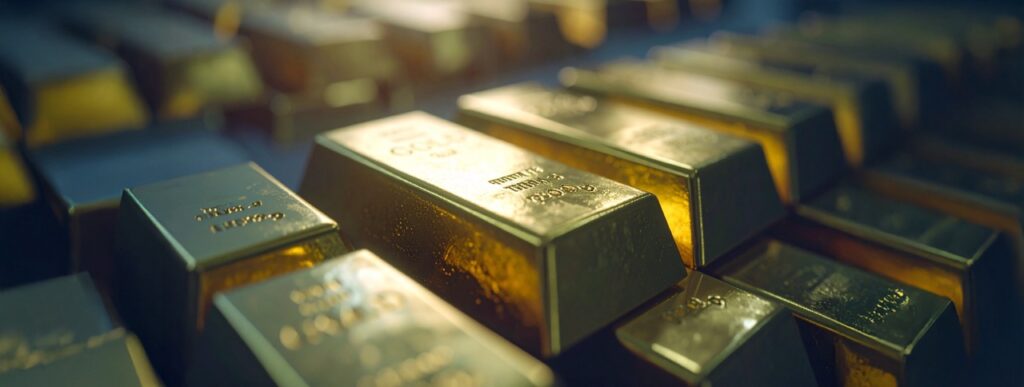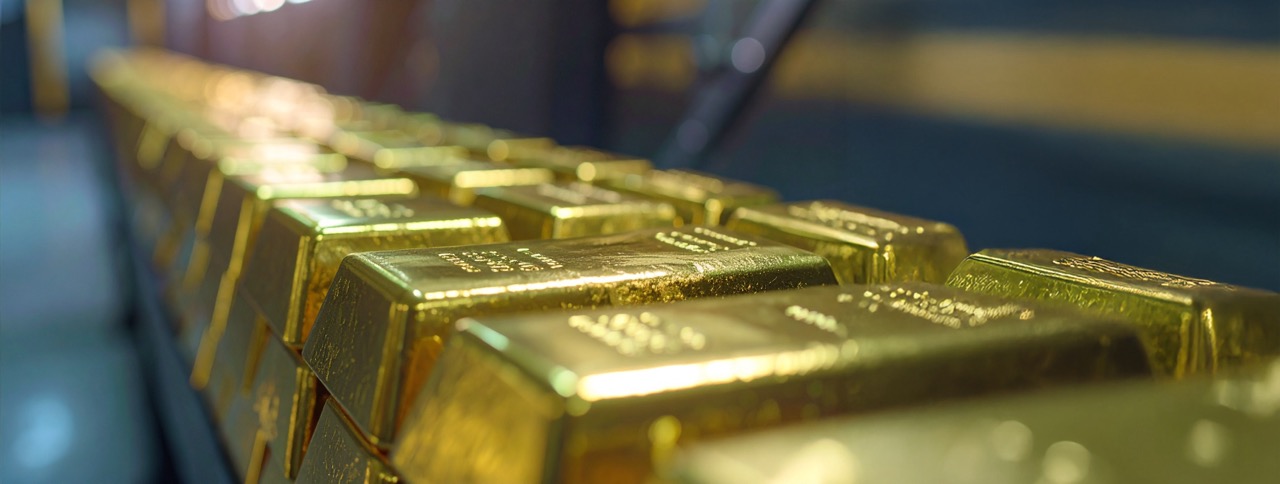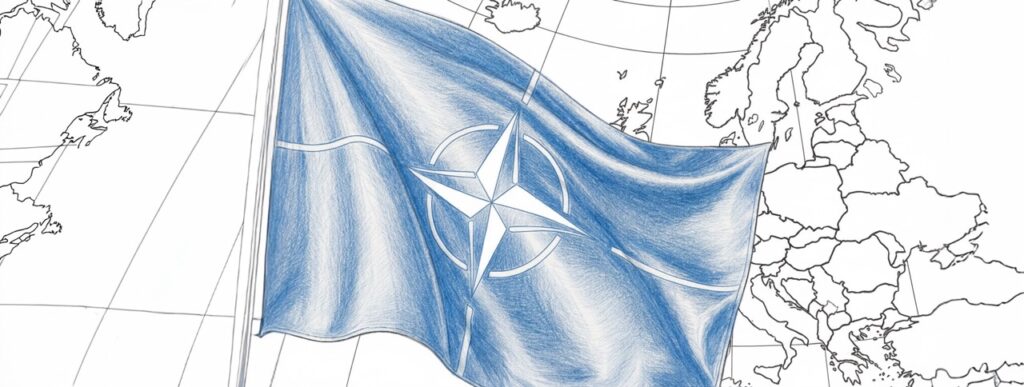| By Jacquelyn Xu |
If you’ve been watching the markets lately, you’ve probably noticed the buzz around gold. As of July 2025, gold is trading at over $3,360 an ounce. So, how did we get here? And why does it seem like everything from cocoa to copper is climbing right alongside it?
A Quick Look Back: How Gold Got Here
First, let’s take a quick look back at how the price of gold got here. Back in 2015, gold was around $1,150 per ounce. It slowly crept up over the years, thanks to global tensions like Brexit and the U.S.-China trade war. However, the real game-changer was the COVID-19 pandemic in 2020.
As the world shut down, investors rushed to gold — the classic safe haven. It has a reputation for stable pricing and lower risk, especially during times of economic uncertainty. Prices shot past $2,000 that summer in 2020. While markets calmed a bit in 2021 and 2022, the stage was set.
By 2023, a few key trends started to push gold even higher. Inflation stuck around longer than central banks expected, geopolitical flashpoints in Ukraine and the Middle East kept surfacing, and many central banks began ramping up their gold reserves like never before.
Put all that together, and by early 2025, the price of gold smashed through $3,000 and just kept going. With that backdrop in mind, let’s break down the key forces driving this price increase.

What’s Pushing Gold Up? Four Big Reasons
Uncertainty around the world is a key factor in gold’s rise. The world seems more unpredictable as new trade wars, political unrest, and military conflicts make headlines. Gold has long been thought of as one of the most dependable stores of value, and when investors feel uneasy, they often look for safe, stable assets.
The aggressive purchasing by central banks is another factor. In an effort to diversify away from the US dollar, which they perceive as vulnerable in the current geopolitical climate, nations such as China and India have been hoarding gold. Price pressure has increased further as a result of this extensive purchasing.
Currency weakness and inflation also have a significant impact. Investors search for alternatives that can better protect their wealth as inflation devalues cash and bonds. International demand has increased as a result of the declining value of the US dollar, which lowers the cost of gold for purchasers who use other currencies.
Finally, purchasing gold is simpler than before. For regular investors, gold is now only a few taps away thanks to online brokers, ETFs, and investment apps. The rally has been further fueled by the influx of new retail buyers due to this new accessibility.
What Does This Mean for People?
The increase in the price of gold is a reflection of more profound changes than market charts alone. Conventional notions of value are beginning to be questioned by both individuals and organizations. Hard assets like gold feel much more reassuring when inflation persists and currencies feel unstable.
Furthermore, this trend may not slow down as the world continues to become more uncertain. It is worthwhile to keep an eye on gold and everything rising along with it, regardless of your experience as an investor or your comprehension of your grocery bill.

The images in this article were created using an AI image generator. All illustrations are ©Intelliwings.



